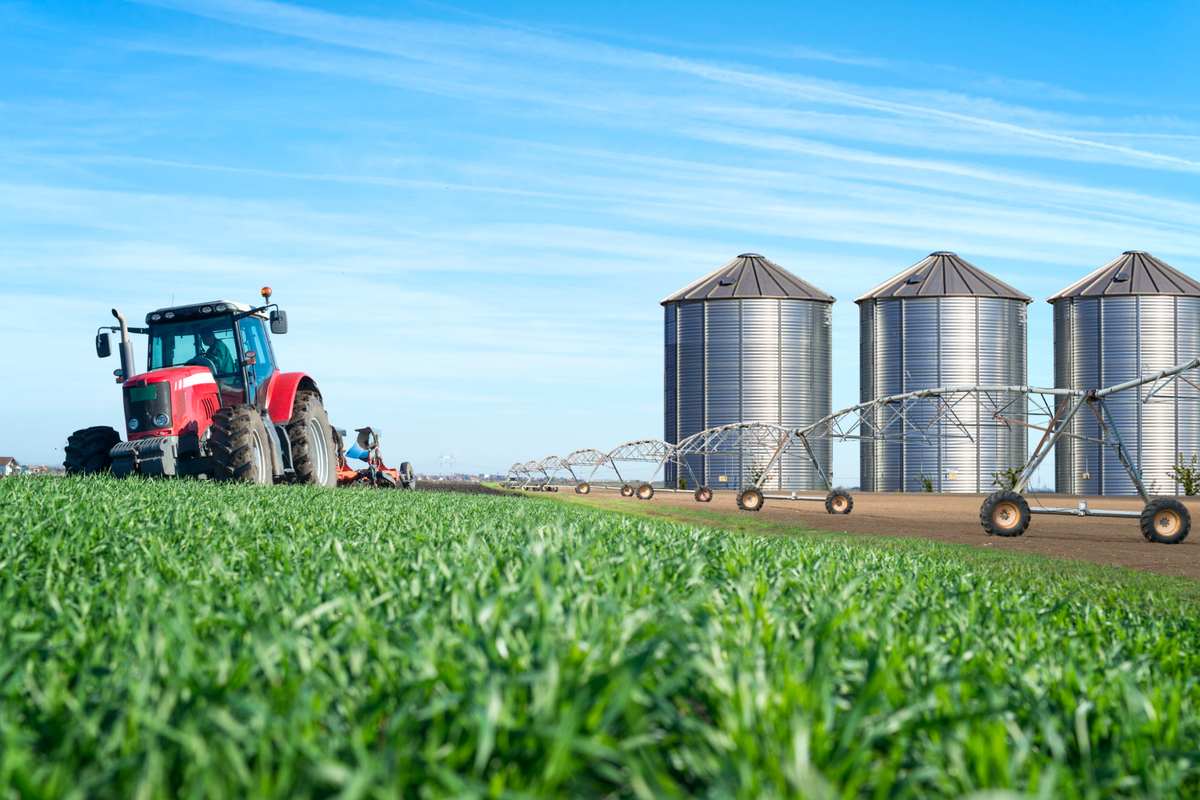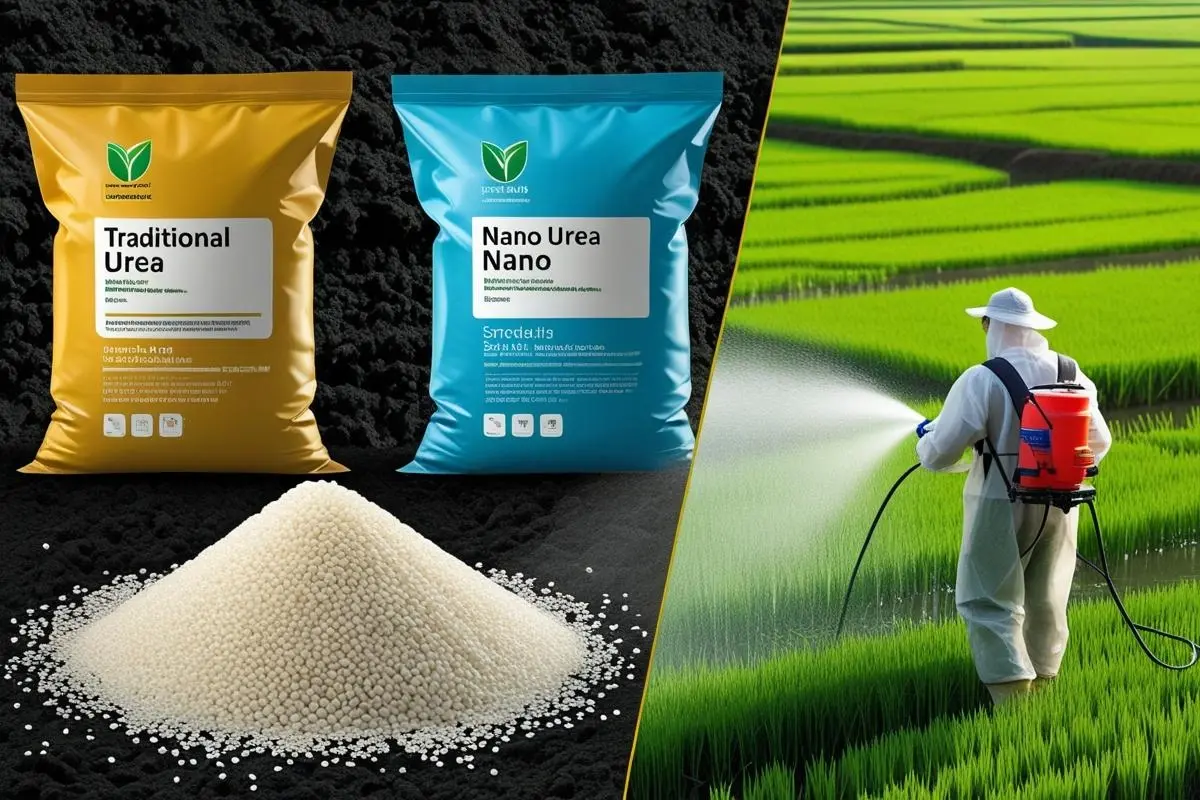The Agricultural Revolution was one of the most significant turning points in human history, representing the change from a wandering hunter-gatherer way of life to established farming societies. This transformation started around 10,000 BCE in the Neolithic era, enabling people to grow food more effectively. As a result, it spurred population increases, technological progress, and the development of civilizations.
However, while agriculture brought numerous benefits, it also introduced several challenges, such as social inequalities, environmental degradation, and health issues. In this article, we will explore both the advantages and disadvantages of the agricultural revolution in detail.
Table of Contents
Advantages of the Agricultural Revolution

1. Increased Food Production
One of the most important advantages of the agricultural revolution was the significant increase in food production. The shift from hunting and gathering to farming allowed people to cultivate crops and domesticate animals, ensuring a steady and reliable food supply.
2. Population Growth
With a stable food supply, human populations expanded rapidly. The availability of more food meant that fewer people died from starvation, and better nutrition led to healthier societies. This population growth contributed to the development of villages, towns, and eventually cities.
3. Development of Civilizations
The agricultural revolution allowed humans to settle in one place rather than leading a nomadic lifestyle. Permanent settlements gave rise to organized societies, with governments, laws, trade, and culture flourishing. Civilizations such as those in Mesopotamia, Egypt, and the Indus Valley thrived due to agriculture.
4. Technological Advancements
The need to improve farming techniques led to the invention of tools like plows, irrigation systems, and later, machinery such as tractors. Over time, new farming methods, such as crop rotation and selective breeding, increased efficiency and productivity, laying the foundation for modern agriculture.
5. Economic Growth and Trade
Agriculture allowed people to produce more food than they needed for survival, leading to trade and specialization of labor. As some individuals focused on farming, others could develop skills in pottery, metalworking, and textiles, creating a more diverse economy. Surplus crops could be exchanged for goods, leading to the growth of markets and trade networks.
6. Improved Living Conditions
With more food and stable settlements, people had the time and resources to develop housing, clothing, and other comforts. Communities grew stronger, leading to better social structures, education, and cultural advancements such as art and writing.
7. Environmental Management
Early agricultural societies learned to manage land resources effectively, developing irrigation systems, terracing, and crop rotation to maintain soil fertility. These methods helped sustain farming for generations and minimized land degradation.
8. Domestication of Animals
Along with crop cultivation, the domestication of animals provided a steady source of meat, milk, wool, and labor. Animals such as oxen and horses were used for plowing and transportation, making farming more efficient and allowing larger areas to be cultivated.
9. Foundation for Industrialization
The agricultural revolution played a crucial role in the Industrial Revolution. With fewer people required for farming due to technological advancements, labor shifted to industries and factories, driving urbanization and economic progress.
Disadvantages of the Agricultural Revolution

1. Environmental Degradation
The agricultural revolution led to large-scale deforestation and destruction of natural habitats to make way for farmlands. This resulted in the loss of biodiversity, soil erosion, and changes in local climates. Intensive farming practices also caused soil depletion, requiring excessive use of fertilizers, which further harmed the environment.
2. Social Inequality and Class Divisions
The shift from hunting-gathering societies to agriculture created economic disparities. Those who owned large plots of land became wealthier, while laborers and small farmers struggled to survive. The rise of hierarchical societies meant that power was concentrated in the hands of a few, leading to the exploitation of lower classes, including peasants, slaves, and bonded laborers.
3. Decline in Dietary Diversity and Nutrition
Early agricultural societies depended heavily on staple crops like wheat, rice, and corn, which lacked essential nutrients found in the diverse diets of hunter-gatherers. This shift resulted in widespread malnutrition and deficiencies in essential vitamins and minerals.
4. Increase in Diseases and Epidemics
As people settled into permanent farming communities, they lived in close quarters with domesticated animals, increasing the risk of zoonotic diseases. The transition also led to unsanitary living conditions, making early agricultural settlements breeding grounds for infectious diseases like smallpox, tuberculosis, and influenza.
5. Rise of Conflicts and Wars
The competition for fertile land and water resources led to frequent disputes between neighboring communities, often resulting in violent conflicts and wars. As societies expanded their agricultural territories, they developed armies to defend or seize land. This militarization increased aggression between civilizations, leading to large-scale battles and even the rise of imperialist conquests, where powerful empires invaded weaker societies to control agricultural resources.
6. Dependence on Uncertain Weather Conditions
Agricultural societies became highly dependent on weather patterns, making them vulnerable to climate fluctuations. Droughts, floods, and extreme temperatures could lead to failed harvests, causing famine and economic instability.
7. Exploitation of Labor and Slavery
The agricultural revolution gave rise to forced labor systems such as slavery and serfdom. Large landowners relied on enslaved people and bonded laborers to cultivate fields and harvest crops, leading to widespread human rights abuses.
8. Heavy Reliance on Technology and Chemicals
Modern agricultural practices, particularly since the Green Revolution, have made farming heavily dependent on artificial fertilizers, pesticides, and genetically modified seeds. While these technologies have increased food production, they have also harmed the environment and made farmers reliant on agribusiness corporations.
9. Loss of Traditional Knowledge
As industrial farming expanded, many traditional and indigenous farming techniques were abandoned in favor of large-scale mechanized agriculture. Ancient knowledge about sustainable farming, crop rotation, and natural fertilizers was replaced by commercial farming methods that prioritized short-term gains over long-term environmental health.
Conclusion
The agricultural revolution was a defining moment in human history, shaping the way societies evolved and developed. It brought numerous advantages, such as food surplus, population growth, technological advancements, and economic stability, which laid the foundation for modern civilizations. However, it also introduced significant disadvantages, including environmental degradation, social inequality, health issues, and conflicts over land and resources. While agriculture has continuously evolved to meet the demands of growing populations, its negative impacts still persist today. Understanding both the advantages and disadvantages of the agricultural revolution allows us to adopt more sustainable farming practices and create a balance between food production and environmental conservation.








